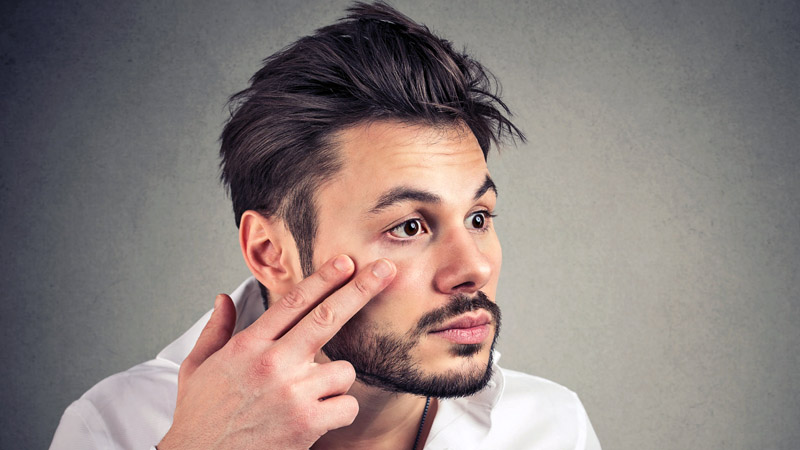Dark circles, medically known as periorbital hyperpigmentation (POH), are a common condition that affects many people regardless of age or gender. These dark circles can manifest in various shades, including brown, black, blue, or purple, depending on the underlying cause.
While this condition can affect anyone, it is more common among people with darker skin tones due to their greater susceptibility to hyperpigmentation around the eyes. Additionally, genetics play an important role in the development of POH, with older adults being particularly prone to this condition.
Contrary to popular belief, fatigue is not the only cause of dark circles. The reality is more complex, with a variety of factors contributing to its appearance. These include agingallergies, eye strain from too much screen time, side effects of ocular hypotensive medications, overexposure to the sun, dehydration, anemia, and lifestyle choices.
Aging It is identified as the main cause of dark circles. Over time, the skin under the eyes thins and loses elasticity, allowing underlying blood vessels to become more visible and giving the skin a darker tone. Additionally, the formation of tear troughs or sunken areas under the eyes can cast shadows, exacerbating the appearance of puffiness and darkness.
Research has highlighted that vitamin deficiencies, such as b12 vitamin, can contribute to increased skin pigmentation, potentially worsening the appearance of dark circles. Iron deficiency anemia is another factor that can lead to the development of this condition.
Despite the common aspects of dark circles and their generally benign nature, many people seek treatments for aesthetic reasons. Home remedies are widely practiced, including applying cold compresses, ensuring adequate sleep, maintaining hydration, elevating the head while sleeping, using specialized eye creams, applying cold tea bags, and concealing with makeup for temporary relief. .
For those seeking more lasting solutions, there are medical treatments available, although it is essential to remember that the dark circles themselves They do not usually require medical intervention. These treatments range from chemical peels and medical tattoos for pigment correction to laser surgery, fat removal, tissue fillers, carboxytherapy and surgical implants.
Emerging studies also suggest that topical products containing vitamins K, C, and E may help reduce dark circles. Products with retinoids, derived from vitamin A, have shown promise in altering skin tone and texture.
In cases where dark circles under the eyes are a symptom of iron deficiency anemia, iron supplements may offer a viable solution, helping to normalize blood levels and alleviate the condition.

